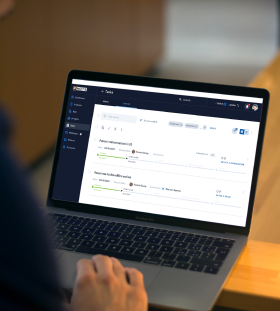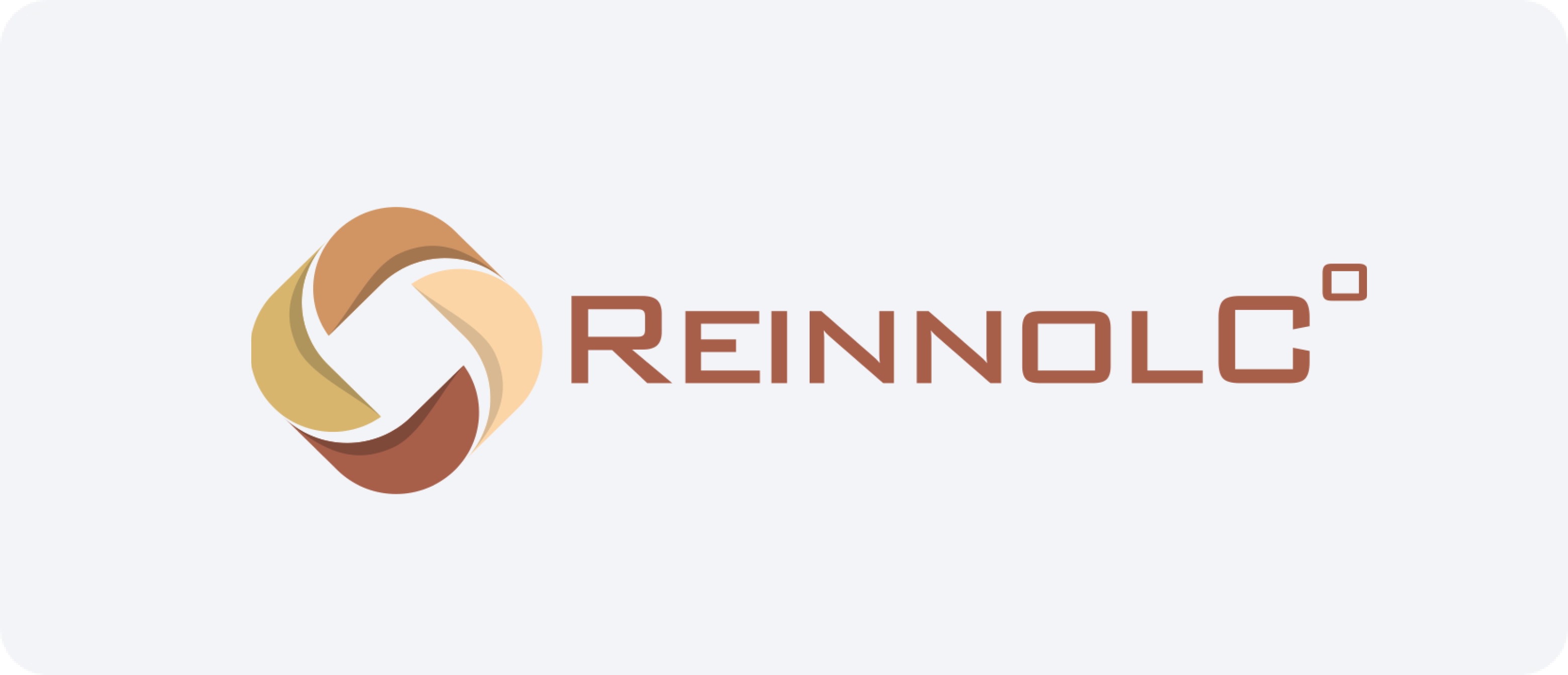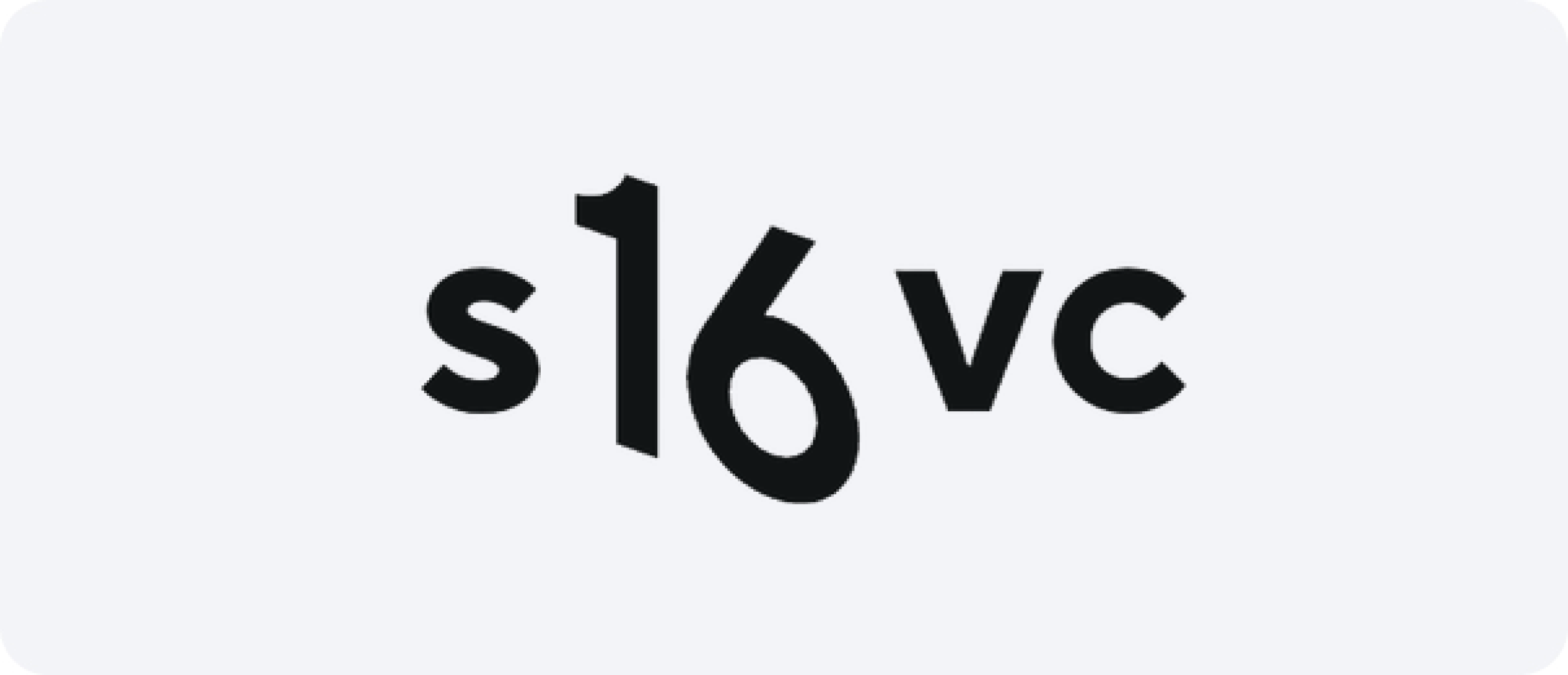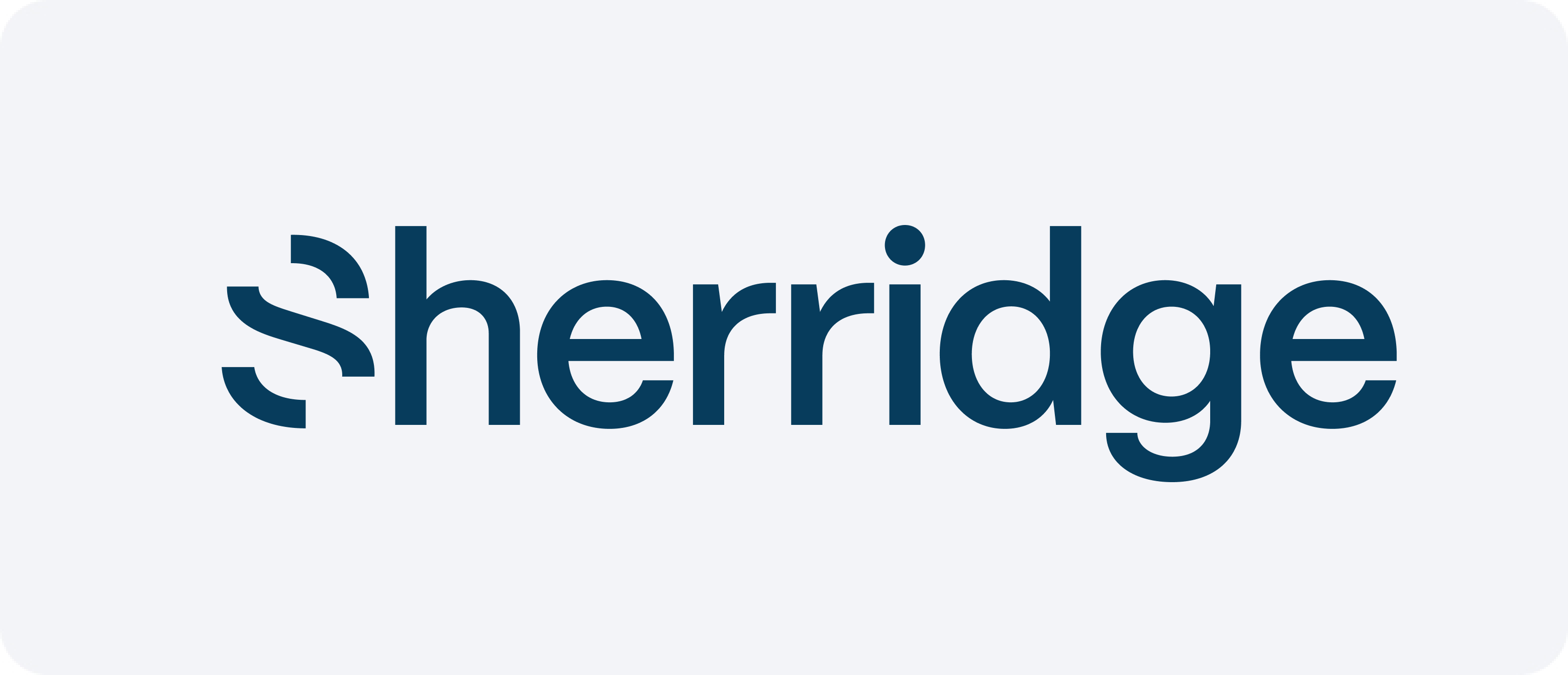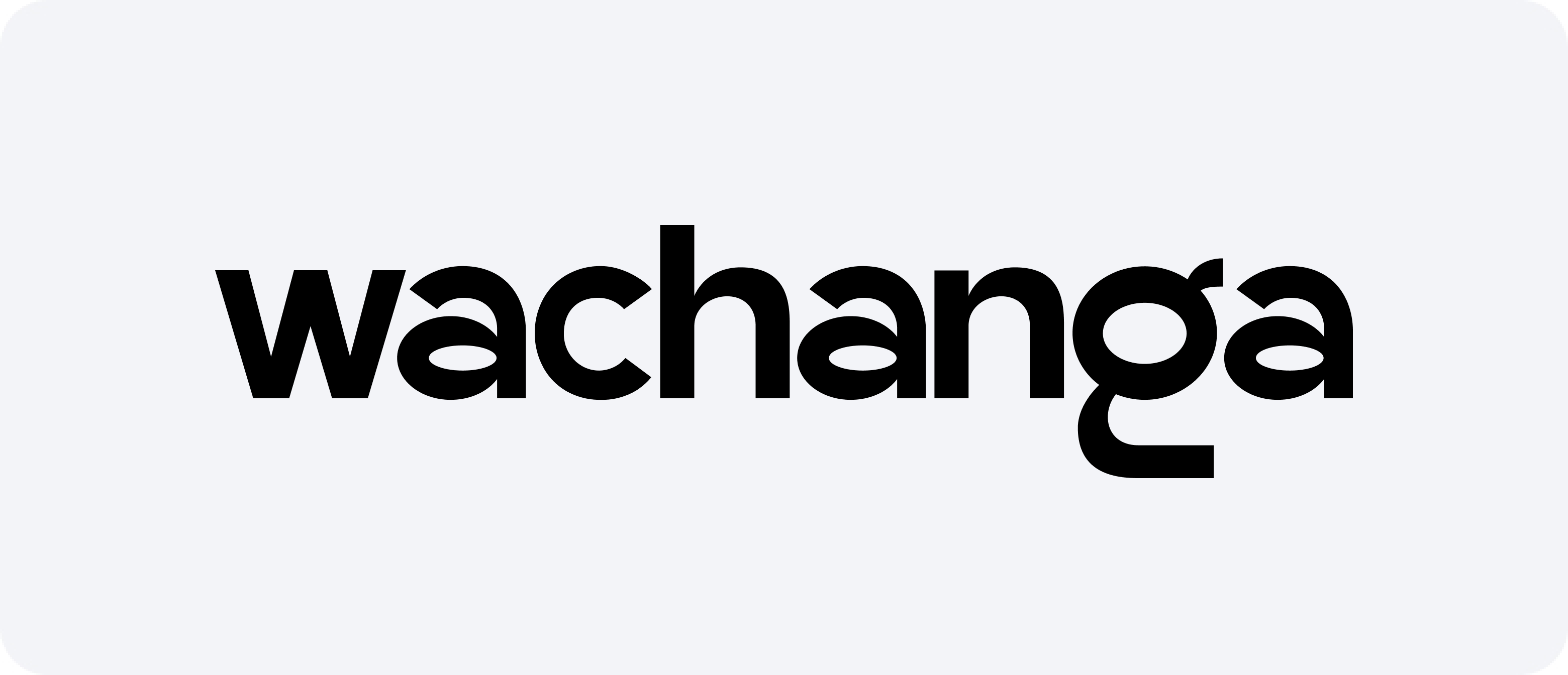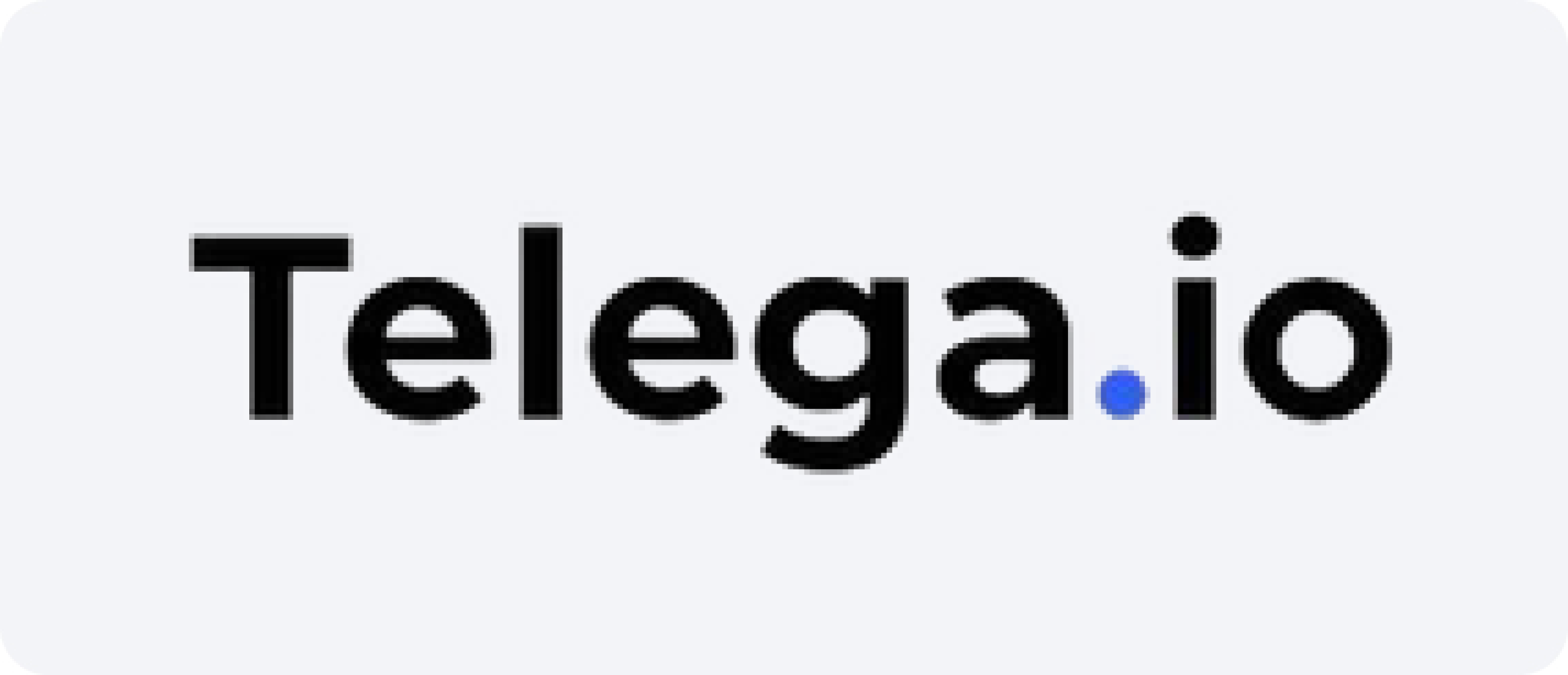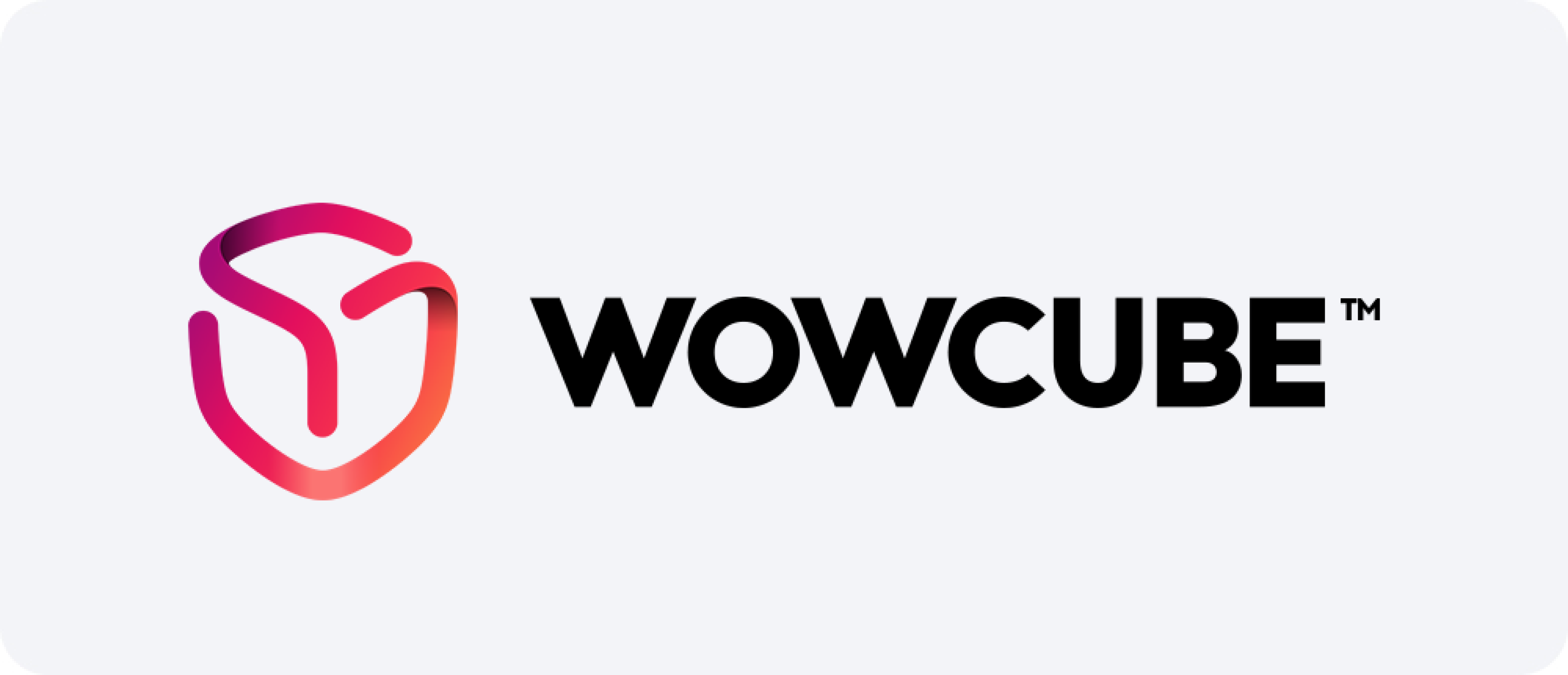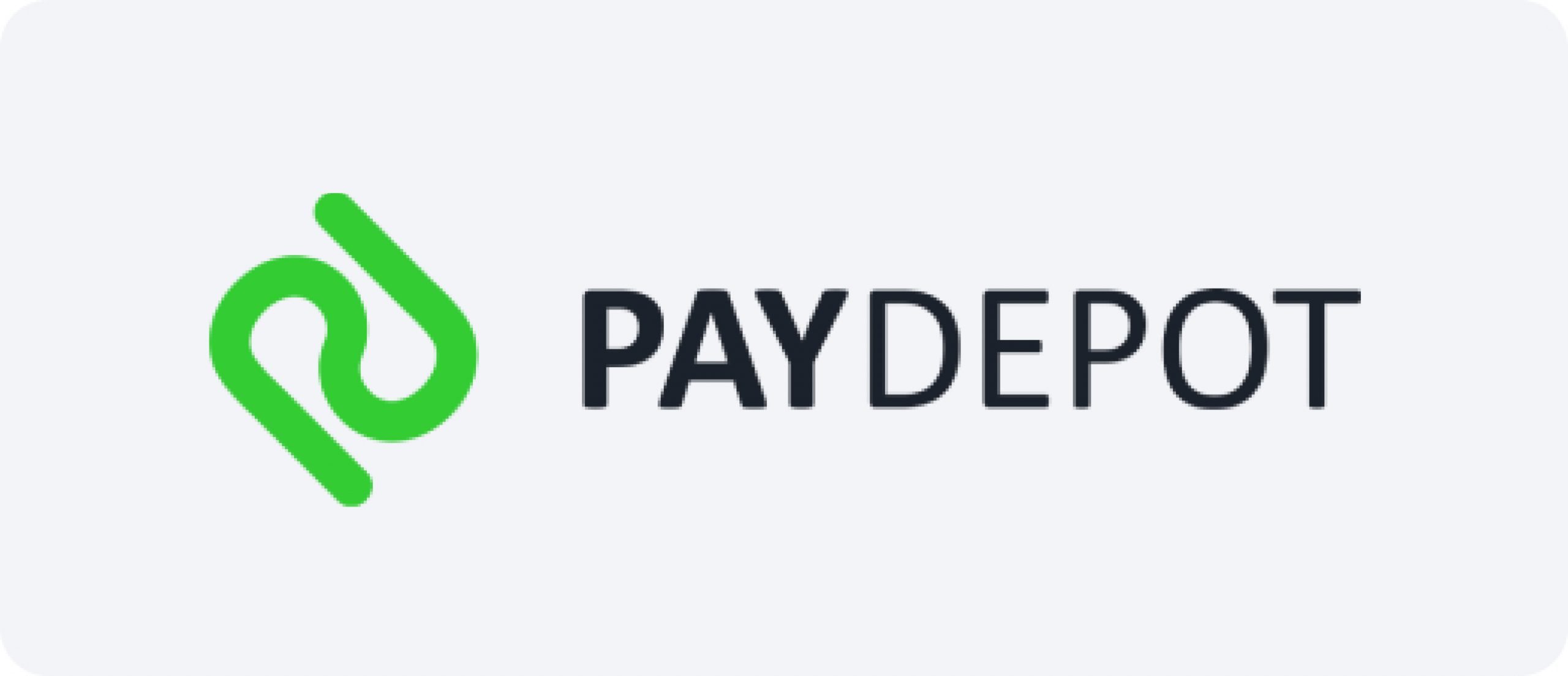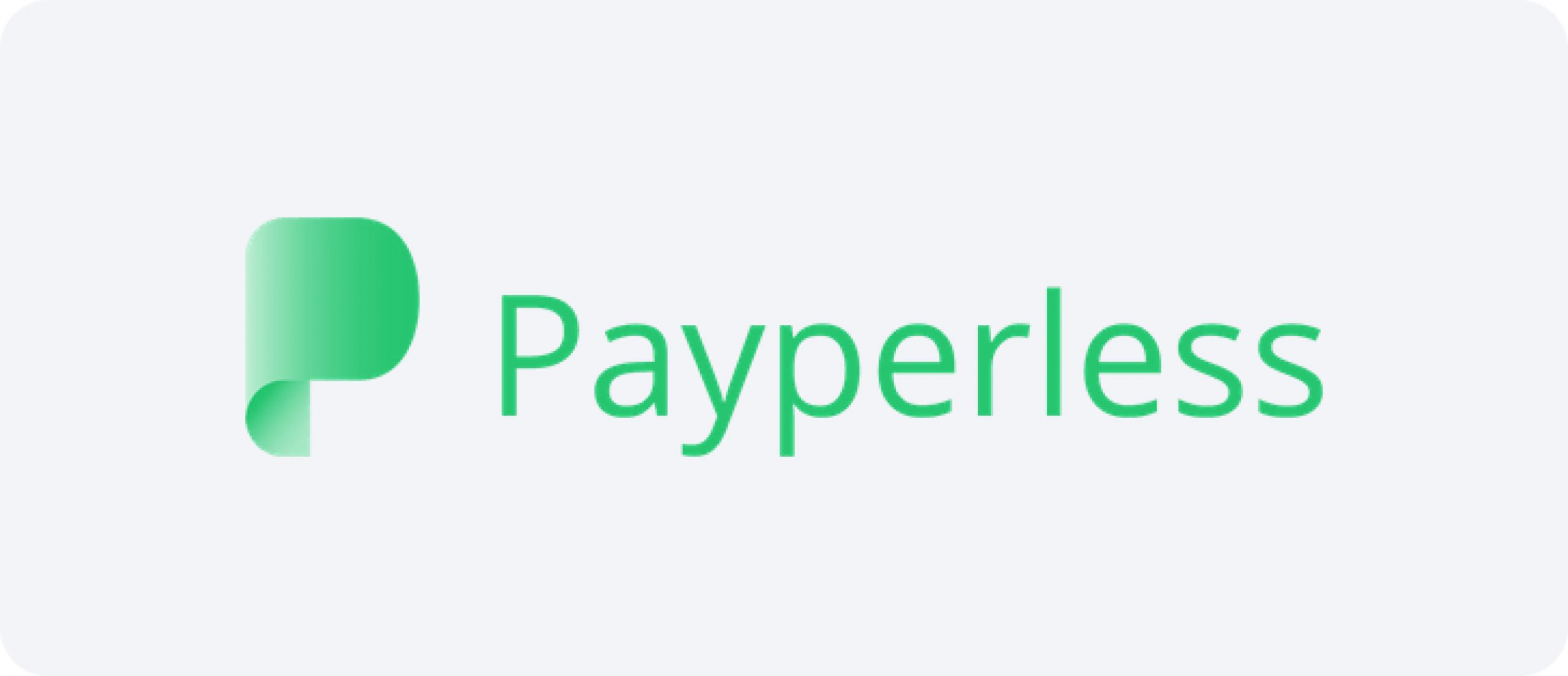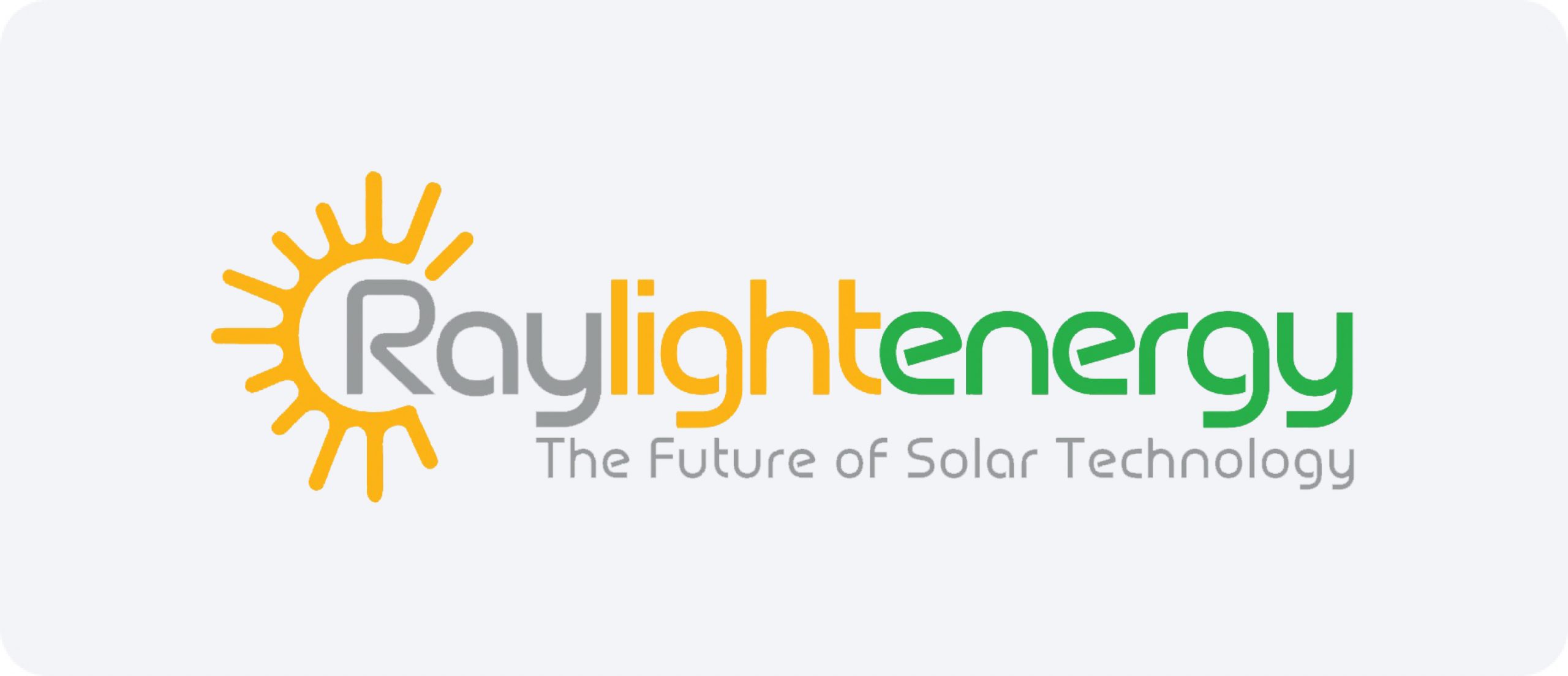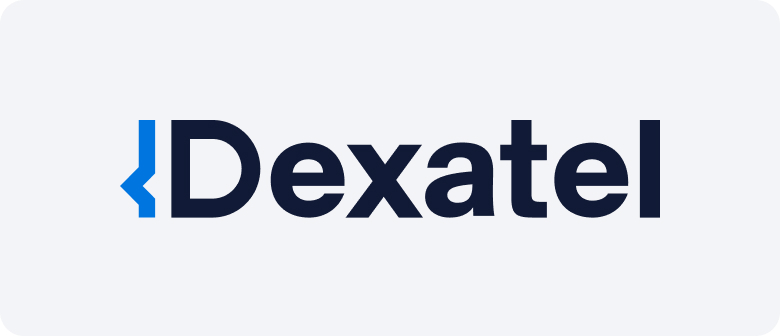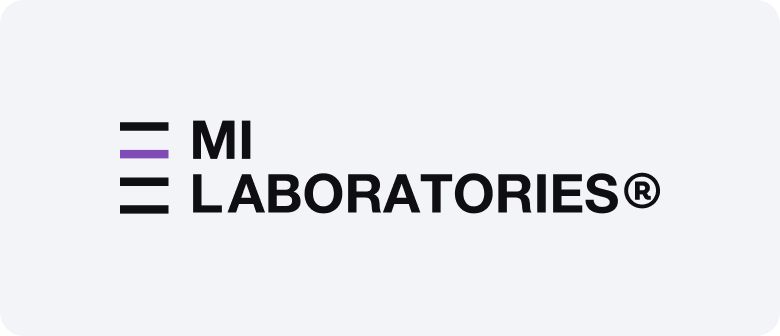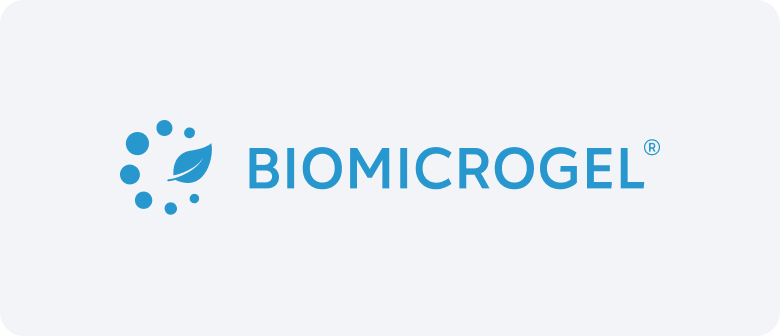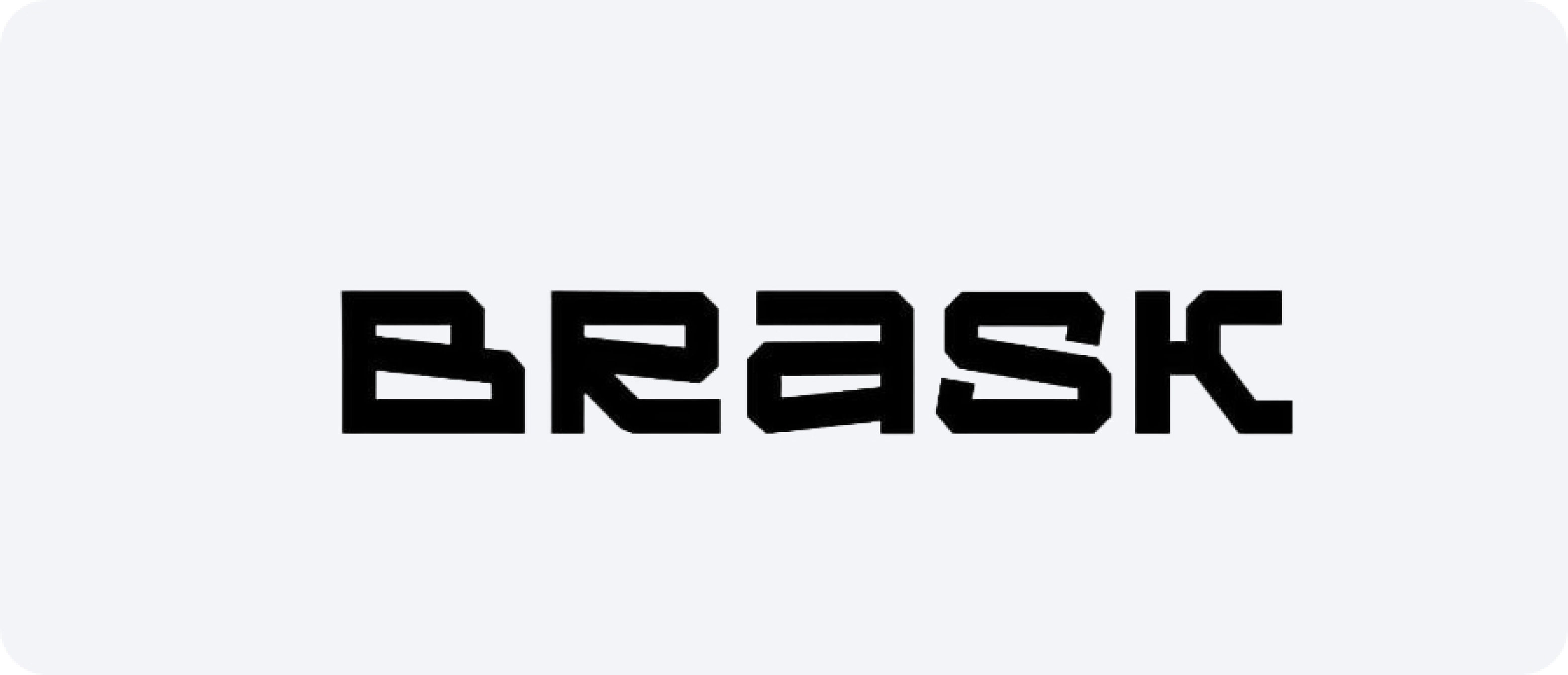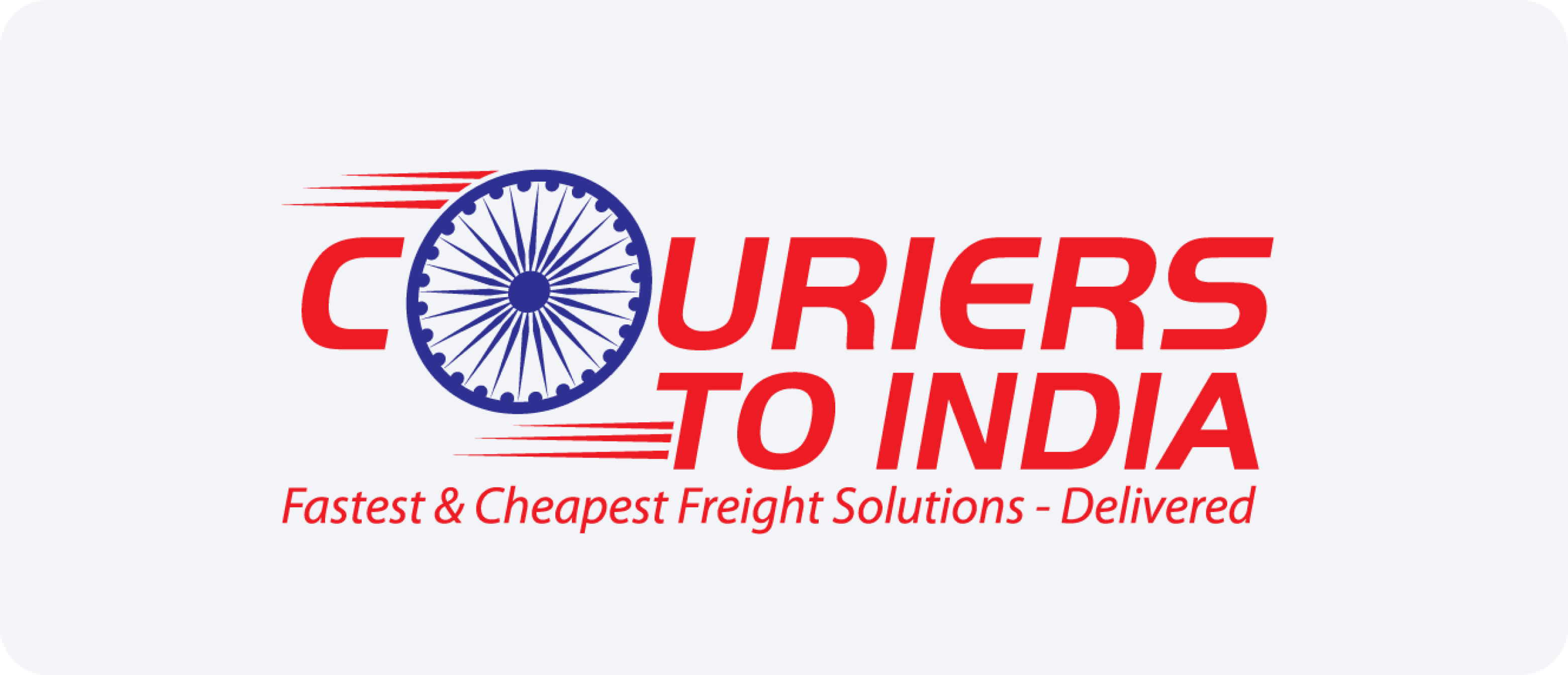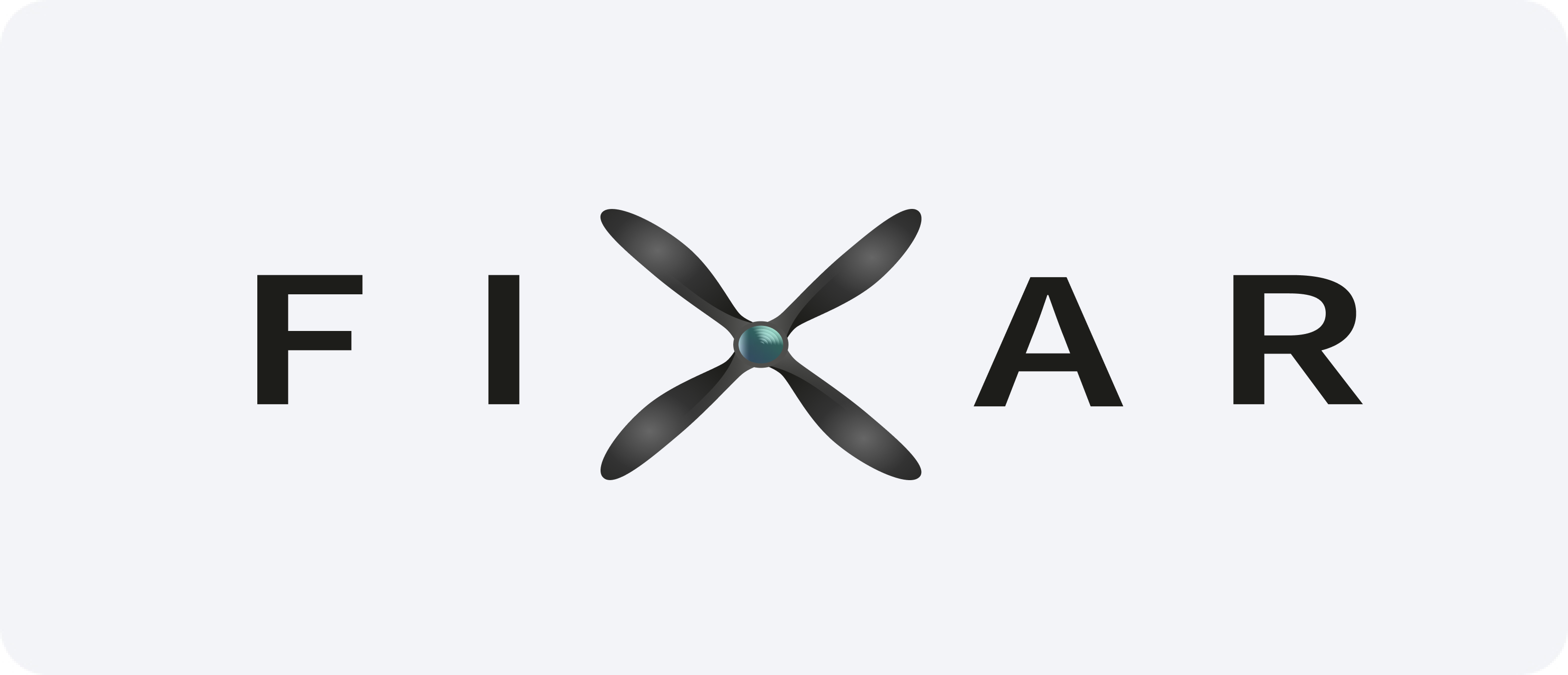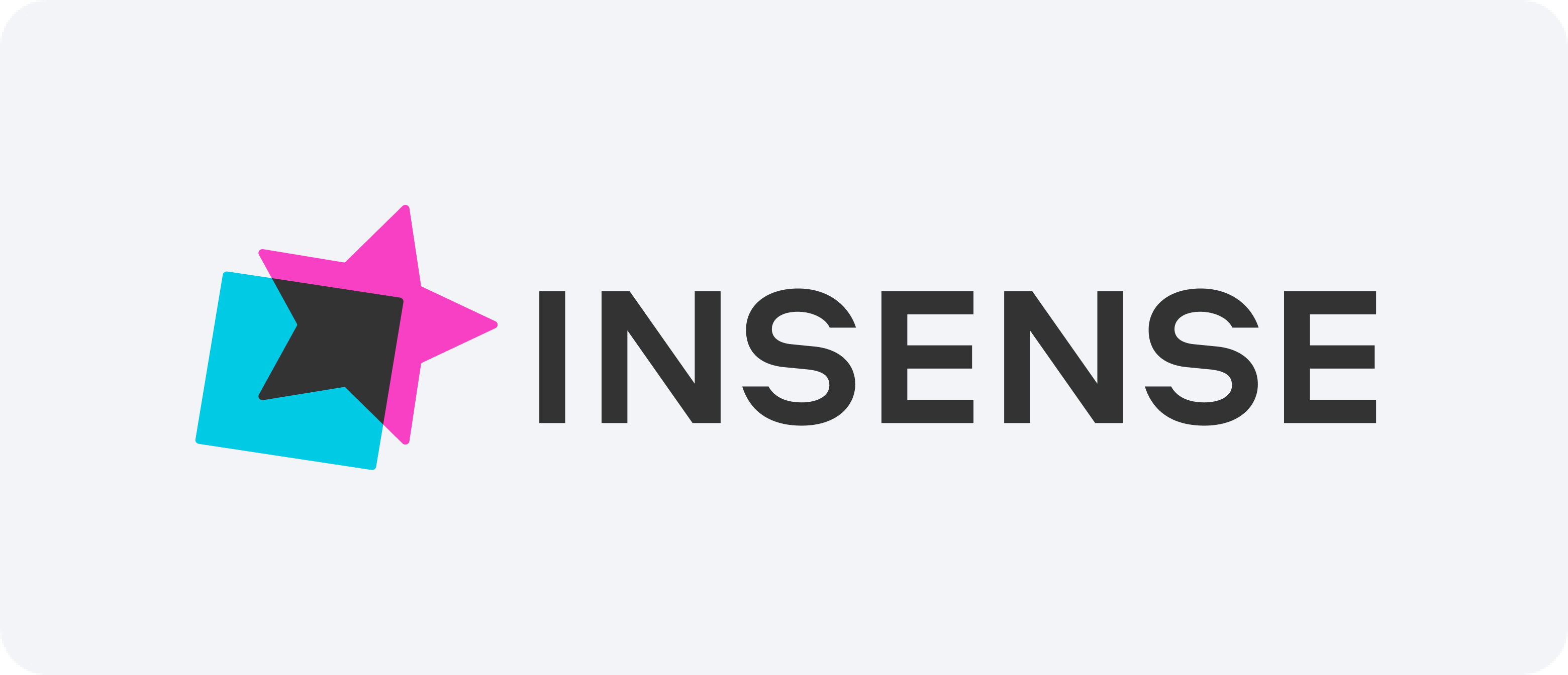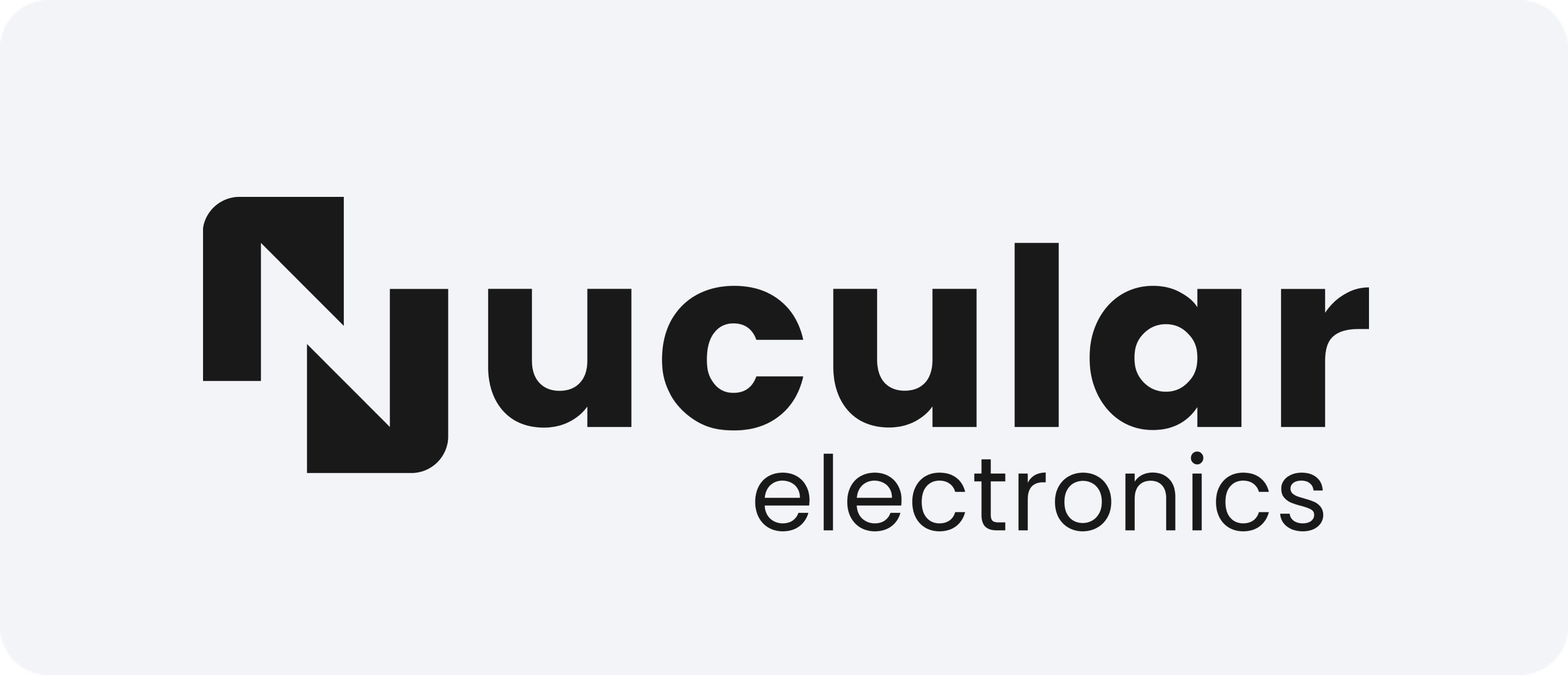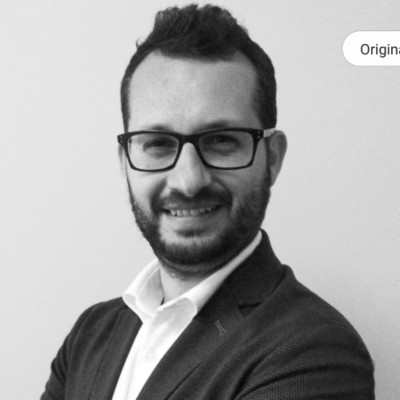European Patent Validation
This stage involves the formulation of a comprehensive description and illustrations depicting your invention. It also includes crafting of claims, ensuring your patent provides the maximum possible protection



This stage involves the formulation of a comprehensive description and illustrations depicting your invention. It also includes crafting of claims, ensuring your patent provides the maximum possible protection







-
An AI-powered IP assistant that helps you create a detailed assignment within minutes.
-
Selection of the most suitable local patent attorney based on specific criteria.
-
Formulation of a comprehensive description and illustrations, crafting of claims for the maximum possible protection.
-
Online monitoring and reporting on the platform throughout the entire process.

-

More than 800 IP law firms from 150+ countries, ranking and reviews
-

An AI-powered IP assistant that helps create tasks and find relevant attorneys
-

Flat fees, secure and fast online payments with guaranteed results
-

24/7 access to the registration process and online data storage for all your cases
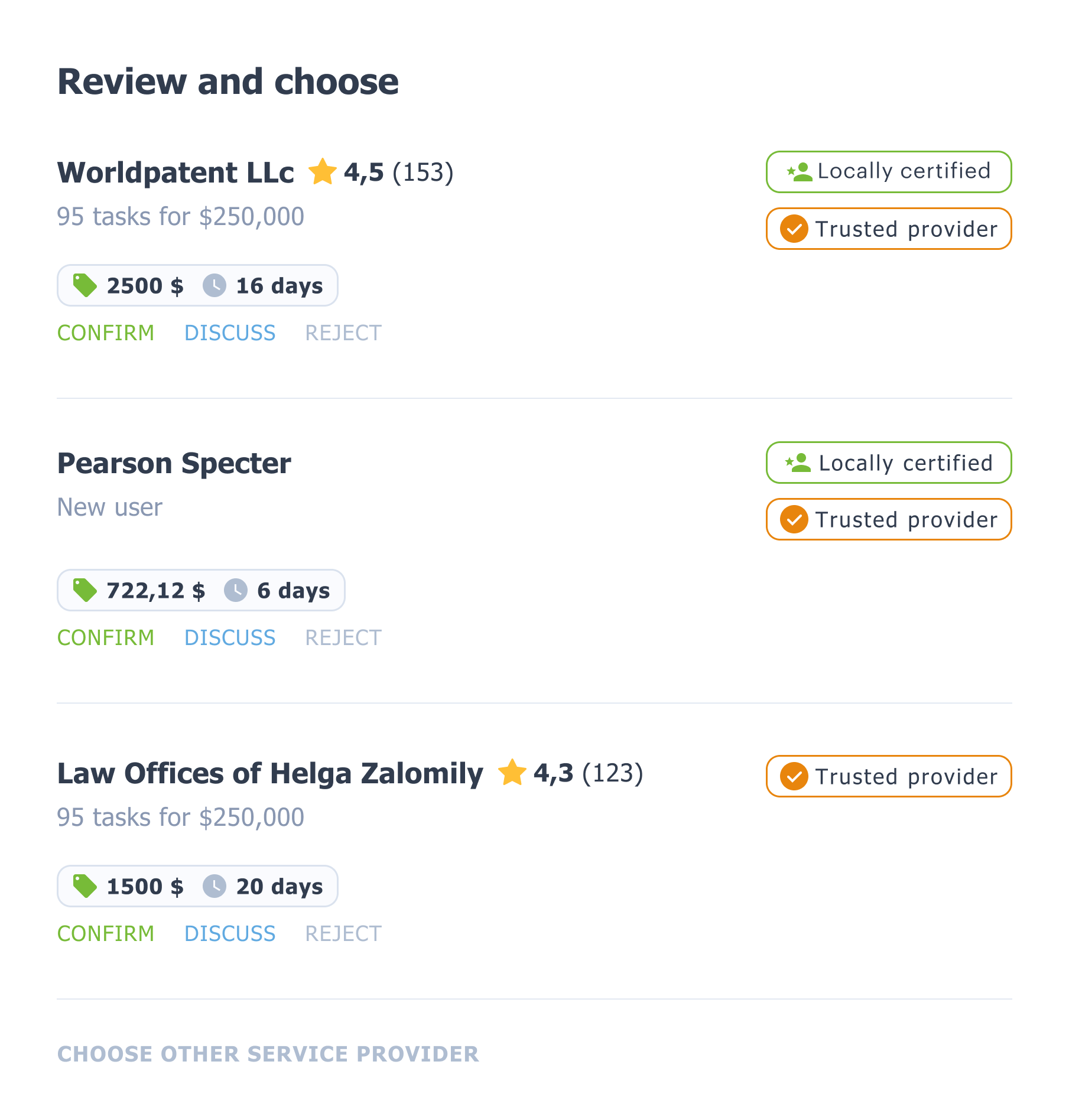
EU Patent Validation: How it Works
In the fast-paced world of innovation, safeguarding intellectual property through patents is a strategic imperative for inventors and businesses. For those seeking protection across multiple European countries, the process of European patent validation is a critical journey. This article endeavors to demystify European patent validation, offering insights into its intricacies, the validation term, and key steps in navigating this essential aspect of the patent landscape.
What is European Patent Validation?
European patent validation refers to the process of transforming a granted European patent application into individual national patents in the designated member states of the European Patent Convention (EPC). While the European Patent Office (EPO) grants a single European patent, it does not automatically confer protection in individual member states. Therefore, inventors must validate the patent in the specific countries where they seek protection.
Understanding the European Patent Validation Process in Europe
1. Grant of the European Patent: The journey begins with the grant of a European patent by the EPO. This central patent, once granted, serves as the basis for further validation.
2. Selection of Designated Countries: Inventors must strategically choose the countries where they want protection. This decision is crucial and depends on factors such as market potential, business strategy, and geographical considerations.
3. Validation in Designated Member States: Following the selection of countries, inventors initiate the validation process in each chosen member state. This involves complying with the specific requirements and regulations of each national patent office.
4. Translation Requirements: Many member states require the translation of the patent into their official language. Understanding these translation requirements is vital for a smooth validation process.
5. Payment of Validation Fees: Each designated country imposes validation fees, and inventors must ensure timely payment to secure patent protection in that specific jurisdiction.
6. Compliance with National Regulations: National patent offices may have unique regulations and formalities. Ensuring compliance with these regulations is essential for a successful validation process.
European Patent Validation Term in Europe
The term of a validated European patent aligns with the duration of the central European patent. Typically, this term is 20 years from the filing date. However, inventors must stay vigilant about maintenance requirements to uphold the validity of their patents.
Key Steps in Patent Validation in Europe
- Strategic Selection of Countries: Carefully analyze and select the countries where patent protection is crucial. Consider market dynamics, business objectives, and potential infringement risks.
- Timely Initiation of Validation: Promptly initiate the validation process in each designated country. Delays can lead to lapses in protection and may impact the enforceability of the patent.
- Translation Management: Effectively manage translation requirements by understanding the language obligations of each member state. This includes translations of the patent claims, specifications, and, if necessary, the entire patent.
- Budgeting for Validation Fees: Develop a budget that includes validation fees for each designated country. This ensures that financial considerations don't hinder the validation process.
- Compliance Monitoring: Regularly monitor updates from national patent offices to ensure ongoing compliance with any evolving regulations or formalities.
- Seek Professional Guidance: Engage with experienced patent attorneys or agencies specializing in European patent validation. Their expertise can streamline the process and minimize potential pitfalls.
Why should you choose iPNOTE?
Our services are 5 times cheaper than those of large law firms. The preparation of documents is 10 times easier than attempting to do it on your own.
We provide a user-friendly public marketplace where you can explore service providers, leave feedback, and get in touch with their representatives. The system automatically generates invoices from the providers. iPNOTE provides the opportunity to collaborate with contractors while minimizing unnecessary intermediaries.
With iPNOTE, you'll definitely find a suitable contractor. We guarantee at least one proposal within 48 hours, but usually, multiple options are available within a few hours.
All service providers on the platform are verified. The certification process for intellectual property specialists is conducted manually, ensuring thorough verification rather than relying on automated systems.
iPNOTE partners with lawyers from different countries, so you can find a contractor for patent registration in any country.
How does patent validation via iPNOTE work?
The majority of patent-related tasks are standard in nature and can be completed by experienced professionals in just a few hours. To find your intellectual property lawyer through iPNOTE, you should:
1. Fill out a short form to create an account on the platform.
2. Create a task in the desired region. We operate in Europe and worldwide.
3. Choose a contractor from the providers we recommend.
4. Receive the completed documentation.
If you're not satisfied with the result, we will provide a refund. If you find the selected contractor unsuitable during the course of work, we'll offer a replacement.
Start protection with our AI Assistant right now!
